Spark Discussion
Have you ever stood at the edge of a deep, dark lake and stared into its black water, feeling that little shiver run up your spine? That primal, ticklish feeling that something ancient and unknown might be looking back at you from the depths? There’s a place in the Scottish Highlands that has perfected this feeling, a place so vast, so deep, and so impenetrably dark that it has become the perfect home for the world’s most famous mystery. We’re talking, of course, about Loch Ness, and the elusive, long-necked beastie that has captured our collective imagination for generations. The story of the Loch Ness Monster, or “Nessie” as she’s affectionately known, is more than just a monster hunt; it’s a fascinating journey into the power of myth, the psychology of belief, and our unshakeable desire for the world to be just a little more magical than it seems.
The idea of a monster in the loch isn’t exactly new. The first recorded sighting goes all the way back to the 6th century, in a biography of the Irish monk, St. Columba. The story goes that Columba came across some locals burying a man who had been mauled by a “water beast.” Never one to miss a chance for a miracle, Columba sent one of his followers for a swim. When the beast surfaced for another snack, the saint made the sign of the cross and boomed, “Go no further! Do not touch the man! Go back at once!” The creature, apparently terrified of a stern talking-to, fled. For centuries, that was about it. Just another local water-kelpie legend in a land full of them. But then, in 1933, everything changed. A new road was blasted along the shore of the loch, giving drivers their first-ever clear, unobstructed view of the water. And almost immediately, people started seeing things.
The sighting that lit the fuse came from a couple named George Spicer and his wife. While driving along the new road, they claimed to have seen “an extraordinary form of animal” with a long, undulating neck lumber across the road in front of their car, carrying what looked like a lamb in its mouth, and crashing into the loch. Their sensational story hit the newspapers, and the media frenzy began. The term “Loch Ness Monster” was coined, and suddenly, everyone was a monster hunter. People flocked to the shores of Loch Ness with binoculars and cameras, all hoping for a glimpse. And in 1934, they got it. A highly respected London surgeon named Robert Kenneth Wilson produced a photograph. It was grainy, it was black and white, and it was absolutely stunning. There, in the calm waters of the loch, was the unmistakable shape of a long-necked, dinosaur-like head and neck rising gracefully from the water. The “Surgeon’s Photograph” became an instant global icon. This wasn’t just a story anymore; there was photographic proof. Nessie was real.
For the next 60 years, that photo fueled the search. Armchair adventurers and serious researchers descended on the loch. They launched expeditions with sonar arrays, underwater cameras, and even a little yellow submarine. And they found… weird stuff. Sonar operators would get these tantalizing pings of large, moving objects in the depths that didn’t behave like any known fish. Underwater photos captured blurry shapes that looked like giant flippers. Every few years, a new grainy photo or shaky piece of film would emerge, just enough to keep the mystery alive. The most popular theory solidified: Nessie was a living plesiosaur, a prehistoric marine reptile that had somehow survived extinction, trapped in the loch. It was a thrilling, romantic idea.
But the skeptics had some pretty good points. For one, a plesiosaur is an air-breathing reptile. A whole family of them would need to surface for air constantly, yet sightings are incredibly rare. The loch is also freezing cold, not exactly ideal for a reptile, and its ecosystem is probably too sparse to feed a breeding population of 30-foot-long predators. But who cared about scientific buzzkills when you had the photo?
Then, in 1994, the bombshell dropped. The Surgeon’s Photograph, the bedrock of the entire Nessie phenomenon, was revealed to be a complete and utter fake. A deathbed confession from one of the co-conspirators blew the whole thing wide open. It turns out, the “monster” was a sculpted head and neck made of wood putty, stuck onto a toy submarine. It was an elaborate revenge hoax cooked up by a disgruntled big-game hunter who had been publicly humiliated by a newspaper that had hired him to find Nessie. The esteemed surgeon was just the respectable face they used to sell the story. That should have been it, right? The nail in Nessie’s coffin. But a funny thing happened. Nobody cared. The legend was now too big to fail. The idea of Nessie had become more powerful than any single piece of evidence for or against her.
So, if it’s not a plesiosaur, and the best photo was a fake, what are people actually seeing in Loch Ness? This is where the critical thinking gets fun. The most scientifically plausible theory for a “monster” is actually… a giant eel. In 2018, a team of scientists conducted a massive eDNA survey of the loch, sequencing the DNA from everything swimming in the water. They found no reptile DNA, no shark DNA, no giant catfish DNA. What they did find was a colossal amount of eel DNA. We know European eels live in the loch. Is it possible that, protected by the deep, dark water, a few of them could grow to a truly monstrous size? A ten or fifteen-foot eel moving through the water could absolutely look like a serpent-like creature.
Of course, there are other explanations. People could be misidentifying ordinary things. A deer swimming across the loch with its head and neck above the water can look surprisingly prehistoric from a distance. A line of otters playing could look like a single, multi-humped creature. Strange wave patterns, called seiches, can be caused by wind and create humps that appear to move against the current. And my personal favorite theory: the swimming circus elephant. A historian has plausibly argued that in the 1930s, when traveling circuses passed by, they would often let their animals rest and swim in the loch. An elephant in the water with just its trunk and the top of its head visible looks uncannily like the classic Nessie profile.
In the end, the search for the Loch Ness Monster isn’t really about finding a dinosaur. It’s about our relationship with the unknown. In a world that feels increasingly mapped, measured, and explained, Loch Ness remains a pocket of pure, tantalizing mystery. It represents the idea that there are still wonders hidden from us, that the world isn’t quite as boring as it sometimes seems. The monster has become the soul of the loch, a cherished piece of global folklore. The murky water acts as a perfect Rorschach test, reflecting back our own hopes, fears, and our deep-seated love for a good story.
After hearing all the theories, from plesiosaurs to swimming elephants, what do you think is the most likely explanation for the sightings at Loch Ness? Or do you hold out hope that something ancient is still lurking in the deep? Let me know your theory in the comments.
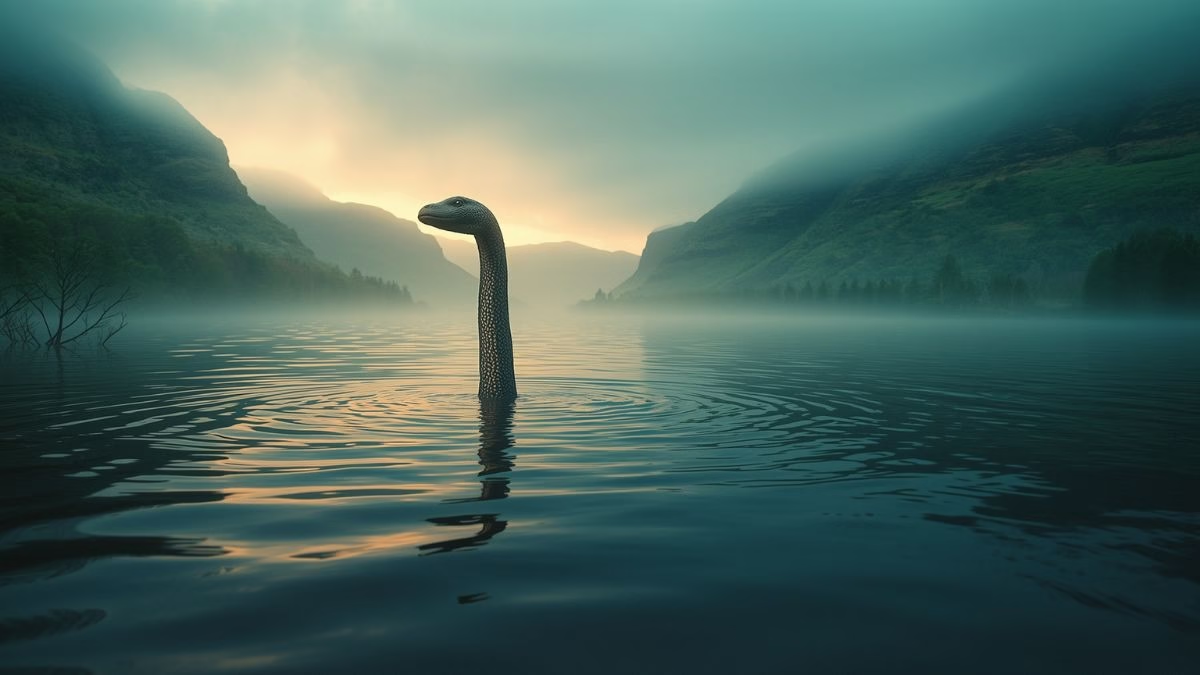

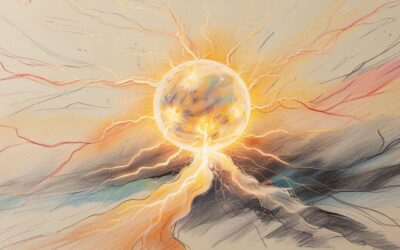
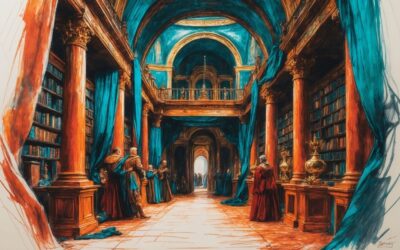



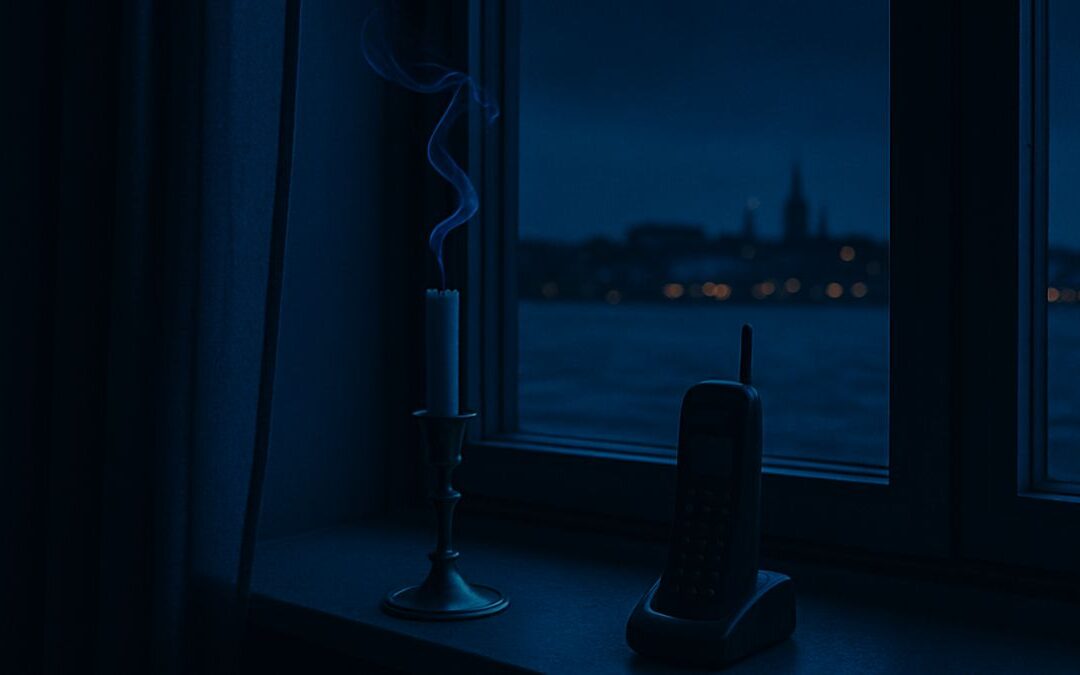
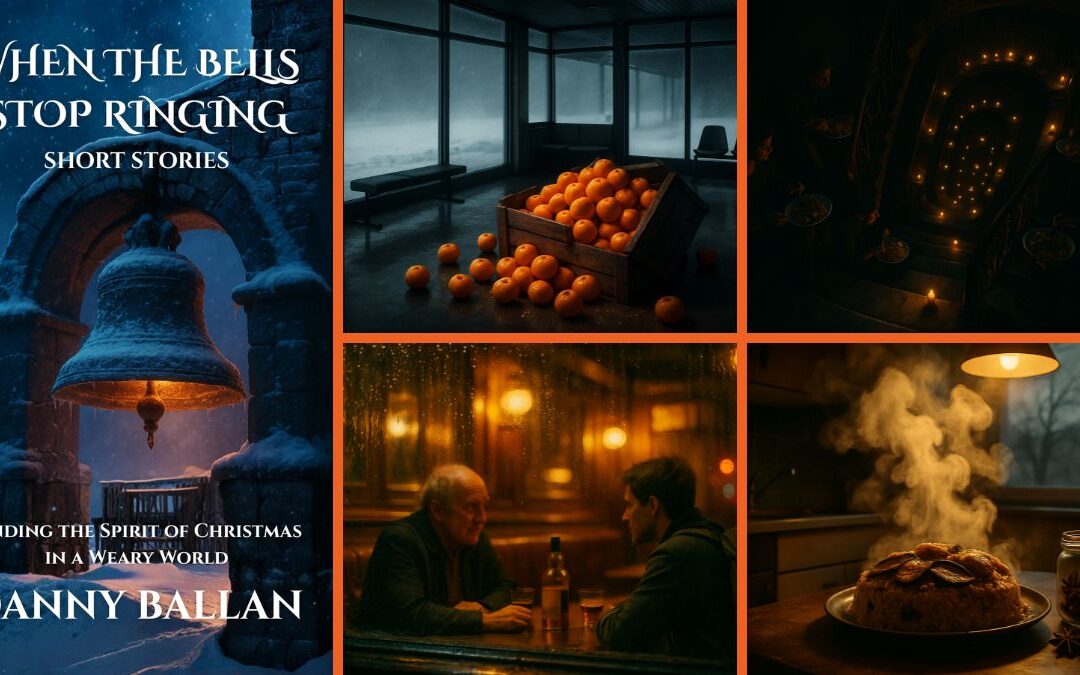

0 Comments